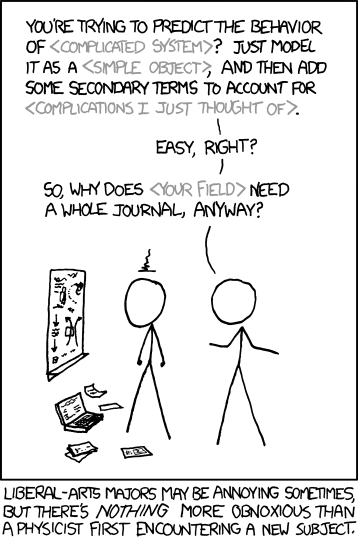It’s a decade since the phrase “data scientist” got coined, though if you go on LinkedIn, you will find people who claim to have more than two years of experience in the subject.
The origins of the phrase itself are unclear, though some sources claim that it came out of this HBR article in 2012 written by Thomas Davenport and DJ Patil (though, in 2009, Hal Varian, formerly Google’s Chief Economist had said that the “sexiest job of the 21st century” will be that of a statistician).
Some of you might recall that in 2018, I had said that “I’m not a data scientist any more“. That was mostly down to my experience working with companies in London, where I found that data science was used as a euphemism for “machine learning” – something I was incredibly uncomfortable with.
With the benefit of hindsight, it seems like I was wrong. My view on data science being a euphemism for machine learning came from interacting with small samples of people (though it could be an English quirk). As I’ve dug around over the years, it seems like the “science” in data science comes not from the maths in machine learning, but elsewhere.
One phenomenon that had always intrigued me was the number of people with PhDs, especially NOT in maths, computer science of statistics, who have made a career in data science. Initially I dismissed it down to “the gap between PhD and tenure track faculty positions in science”. However, the numbers kept growing.
The more perceptive of you might know that I run a podcast now. It is called “Data Chatter“, and is ten episodes old now. The basic aim of the podcast is for me to have some interesting conversations – and then release them for public benefit. Yeah, yeah.
So, there was this thing that intrigued me, and I have a podcast. I did what you would have expected me to do – get on a guest who went from a science background to data science. I got Dhanya, my classmate from school, to talk about how her background with a PhD in neuroscience has helped her become a better data scientist.
It is a fascinating conversation, and served its primary purpose of making me understand what the “science” in data science really is. I had gone into the conversation expecting to talk about some machine learning, and how that gets used in academia or whatever. Instead, we spoke for an hour about designing experiments, collecting data and testing hypotheses.
The science in “data science” basically represents the “scientific method“. What Dhanya told me (you should listen to the conversation) is that a PhD prepares you for thinking in the scientific method, and drills into you years of practice in it. And this is especially true of “experimental” PhDs.
And then, last night, while preparing the notes for the podcast release, I stumbled upon the original HBR article by Thomas Davenport and DJ Patil talking about “data science”. And I found that they talk about the scientific method as well. And I found that I had talked about it in my newsletter as well – only to forget it later. This is what I had written:
Reading Patil and Davenport’s article carefully suggests, however, that companies might be making a deliberate attempt at recruiting pure science PhDs for data scientist roles.
The following excerpts from the article (which possibly shaped the way many organisations think about data science) can help us understand why PhDs are sought after as data scientists.
- Data scientists’ most basic, universal skill is the ability to write code. This may be less true in five years’ time (Ed: the article was published in late 2012, so we’re almost “five years later” now)
- Perhaps it’s becoming clear why the word “scientist” fits this emerging role. Experimental physicists, for example, also have to design equipment, gather data, conduct multiple experiments, and communicate their results.
- Some of the best and brightest data scientists are PhDs in esoteric fields like ecology and systems biology.
- It’s important to keep that image of the scientist in mind—because the word “data” might easily send a search for talent down the wrong path
Patil and Davenport make it very clear that traditional “data analysts” may not make for great data scientists.
We learn, and we forget, and we re-learn. But learning is precisely what the scientific method, which underpins the “science” in data science, is all about. And it is definitely NOT about machine learning.

